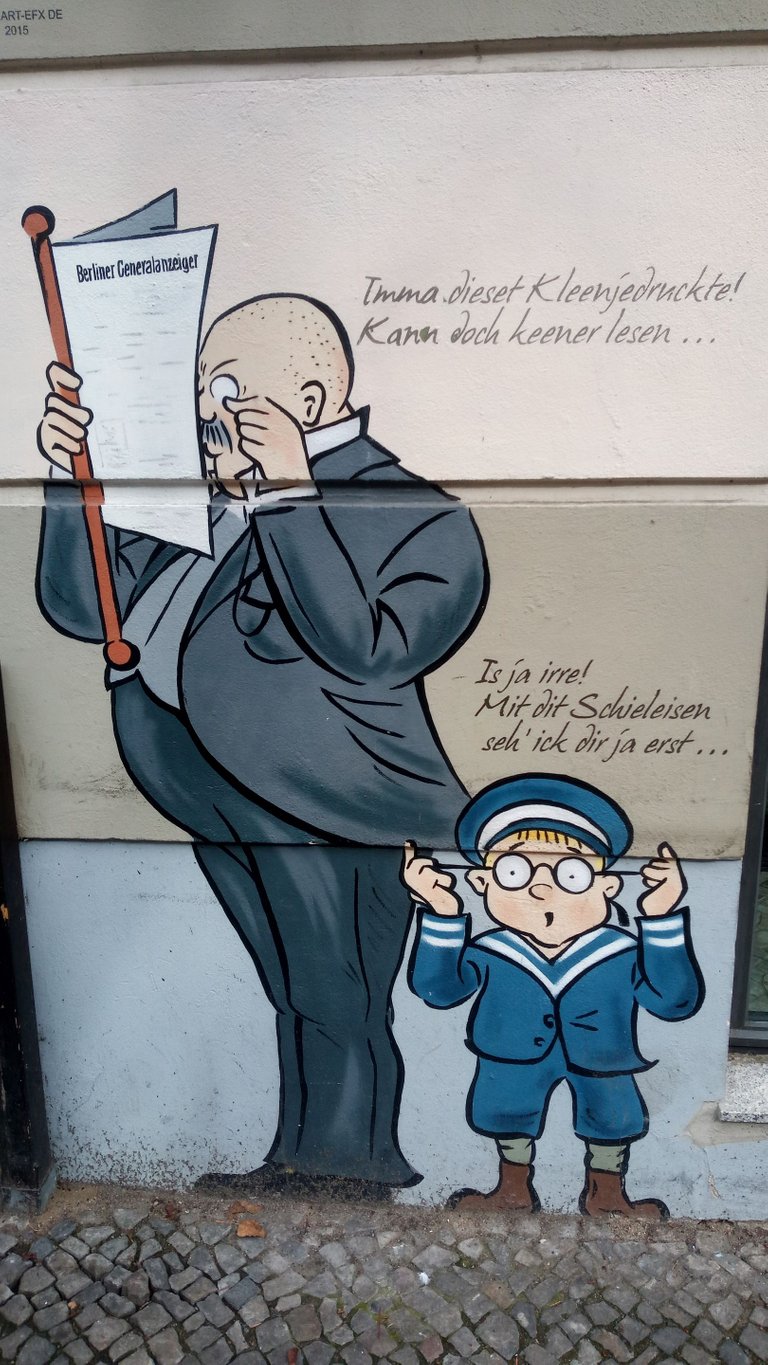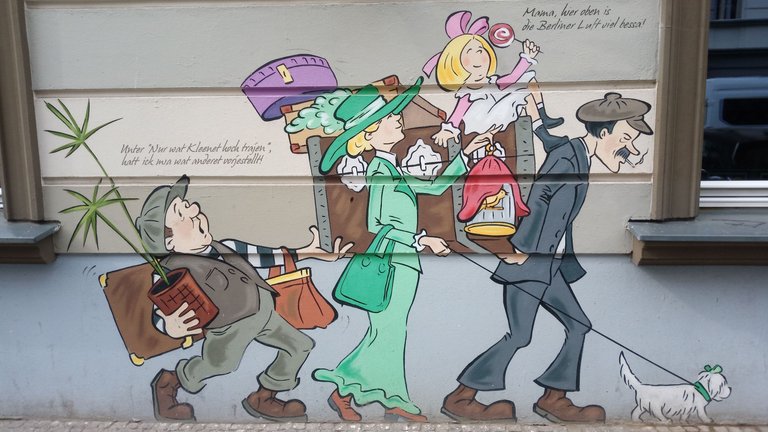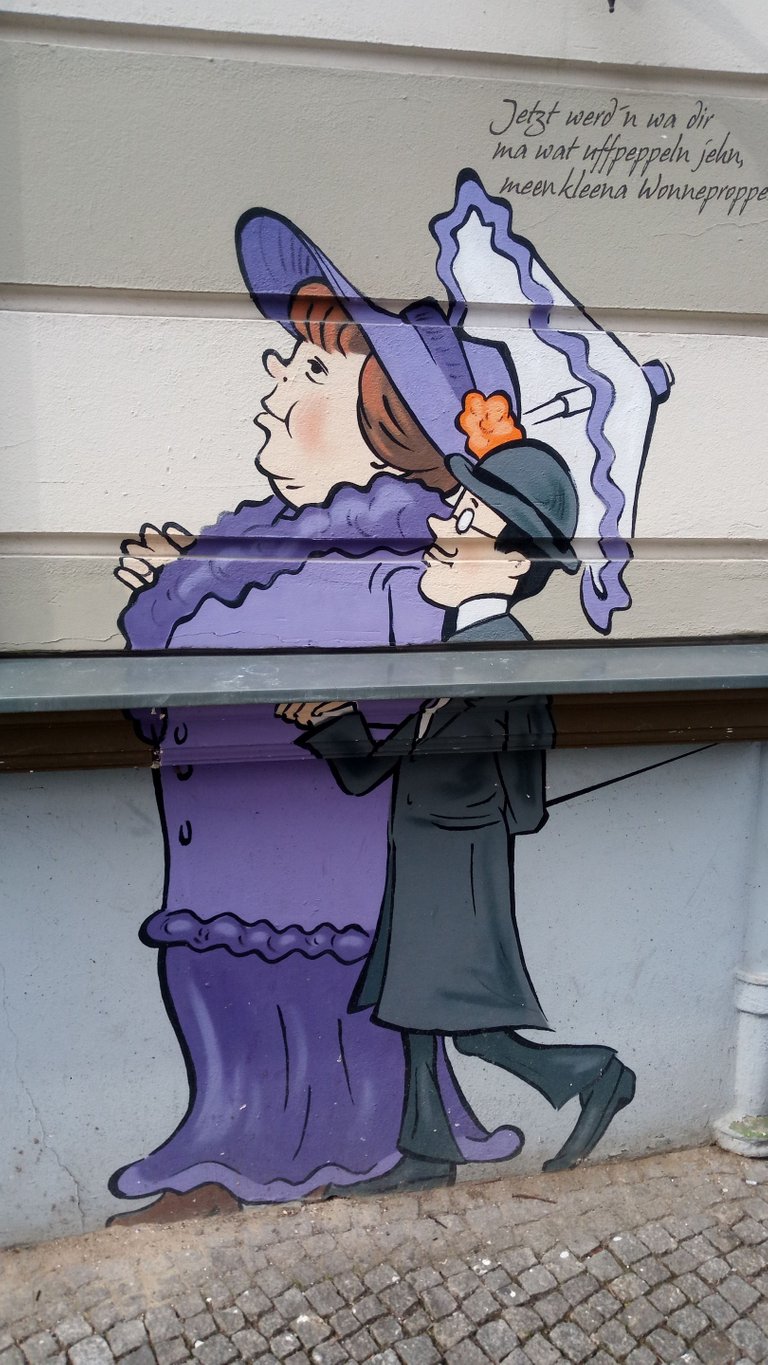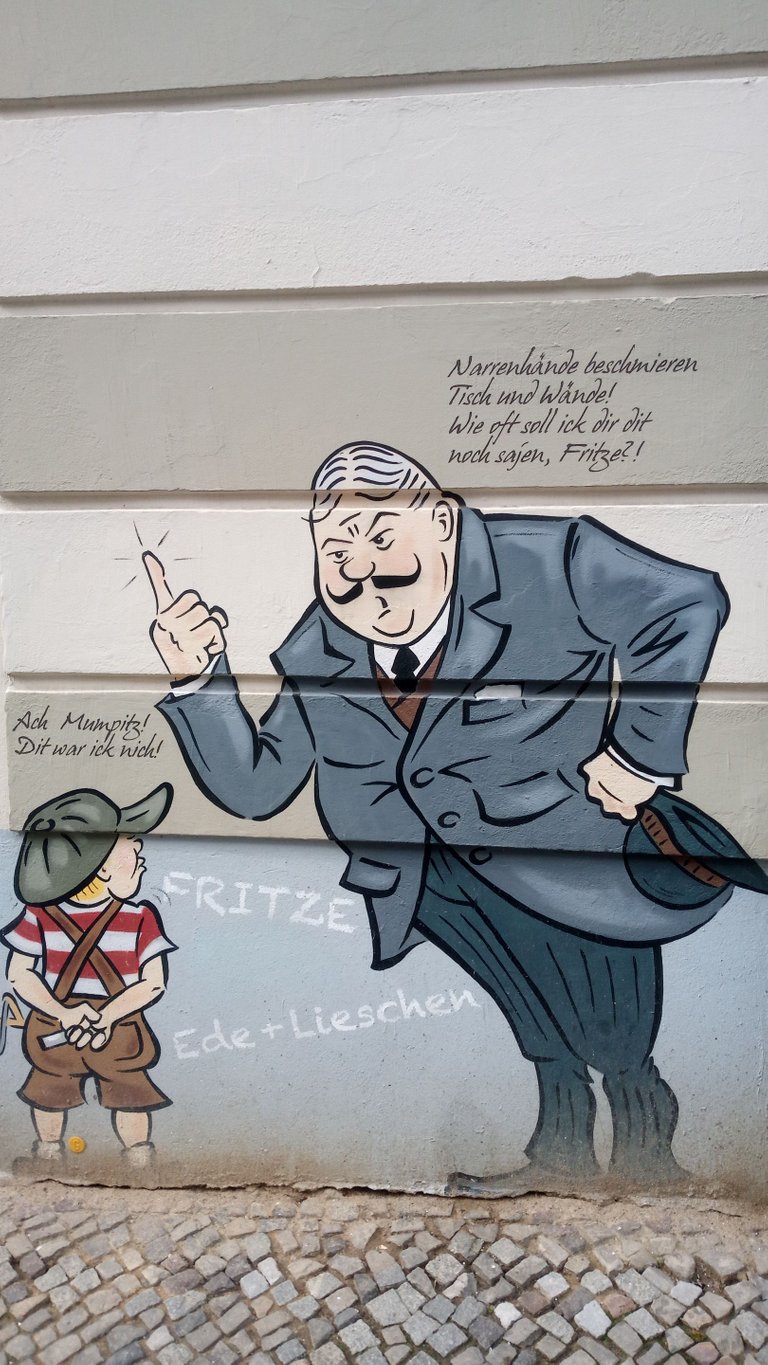The Berlin Snout - Speaking Like a Berliner (or at least understanding them)
Thanks to the amazing resonance to what I wrote about the Berliner Schnauze in my recent post (thank you very much, I was totally psyched about it), I feel compelled to address the other meaning of this term. In a way, I'm hoping to precede actual Berliners, before they read that post and say: "Dit is doch keene Berlina Schnauze, du!" or something along those lines. I actually don't have the local dialect down. My point being, the Berlin Snout may also refer to the unique dialect spoken in the German capital.

- Immer dieses Kleingedruckte! Kann doch keiner lesen...
- Ist ja irre! Mit diesen Schieleisen (Brille) sehe ich dich ja erst...
Is That Real German?
Those of you who have studied the German language may be aware that in certain parts of the country the regional dialect is a bit different... while in other areas it may sound like complete gibberish. Typically the usual suspects in this case are the Southern dialects from Bavaria and Swabia (not to mention the actual south-of-the-border German from Austria and Switzerland), but since I happened to grow up in Stuttgart and Würzburg, I tend to see things a bit the other way round: It's the Northern dialect called Plattdüütsch that may as well be a completely foreign language. And in fact, it's a lot closer to Dutch than the German that I understand. (Dear neighbors from the Netherlands, please don't beat me up for this now!)

- Mamma, hier oben ist die Berliner Luft viel besser!
- Unter "Nur etwas Kleines hoch tragen" habe ich mir etwas anderes vorgestellt!
With such a wide range of dialects it is only fitting that the nation's capital should have its own distinct way of speaking. And in a way, true for most major metropolitan areas, it was made up of a variety of other dialects, whose speakers kept moving into the city. As such, it bears only slight resemblance to the Low German spoken originally in the region, which was gradually modified by Silesian, Yiddish, Flemish, even to some extent French. At this point I may as well mention the similarity to the equally peculiar dialect of Cologne, where people greet each other with the same "Juten Tach" as the Berliners.

- Ist die nicht eine Nummer zu groß für ihn?
- Na, in der Falle (im Bett) ist er wohl ein ganz Großer, sagt sie.
- Kinder, passt auf!
- Halt an, die Scheiße!
The Peak of the Berlin Dialect
As we all know, language is dynamic, and it keeps changing and evolving as we speak (quite literally). As a result this typically distinct Berlinerisch can be heard less and less, especially in the central districts of the city. This may be the reason why it is treated with a bit of pride and nostalgia... unlike during the Cold War, for example, where it was looked down upon, particularly in West Berlin. Interestingly, it can be mostly encountered on billboards and adds, catering to a feeling of uniqueness of the city.

- Jetzt werden wir dich mal etwas aufpeppeln gehen, mein kleiner Wonneproppen (süßes Kind)!
One beautiful example of this can be seen on the wall of a (weirdly Italian) restaurant at the Hagenauer Straße 18, depicting typical scenes of city life in Berlin about a century ago, when the Berlin dialect was at its height. Since I'm a big fan of wall paintings, as well as language, I see this as a perfect opportunity to share it with you. For those of you who are studying German, I added the translations in correct German, which the automated translators should be able to handle, in case you don't speak any German at all. (Native speakers I assume should be able to figure them out on their own.)

- Narrenhände beschmieren Tisch und Wände! Wie oft soll ich dir das noch sagen, Fritze?!
- Ach Mumpitz (Quatsch)! Das war ich nicht!
The Future of the Berlin Dialect
But if this classic Berlin Snout is clearly on its way out, what is replacing it? How do today's people in Berlin actually speak? And what can we expect for the future? Just as in the past, the regional dialect was made up of words and expressions brought in by people coming in from other places, and that has not changed. Since recent migration is made up of many speakers of Turkish and Arabic, it is not surprising that the modern regional dialect is a kind of street slang, simplified German, filled with its own list of colorful expressions. Just do a search on Kiezdeutsch or Kanak Deutsch! As shocking as it may seem to speakers of correct German, it is really not much different from what became known today as the Berliner Schnauze.